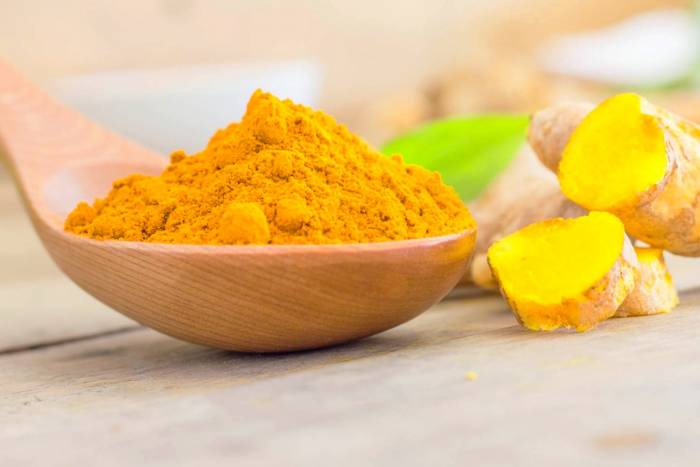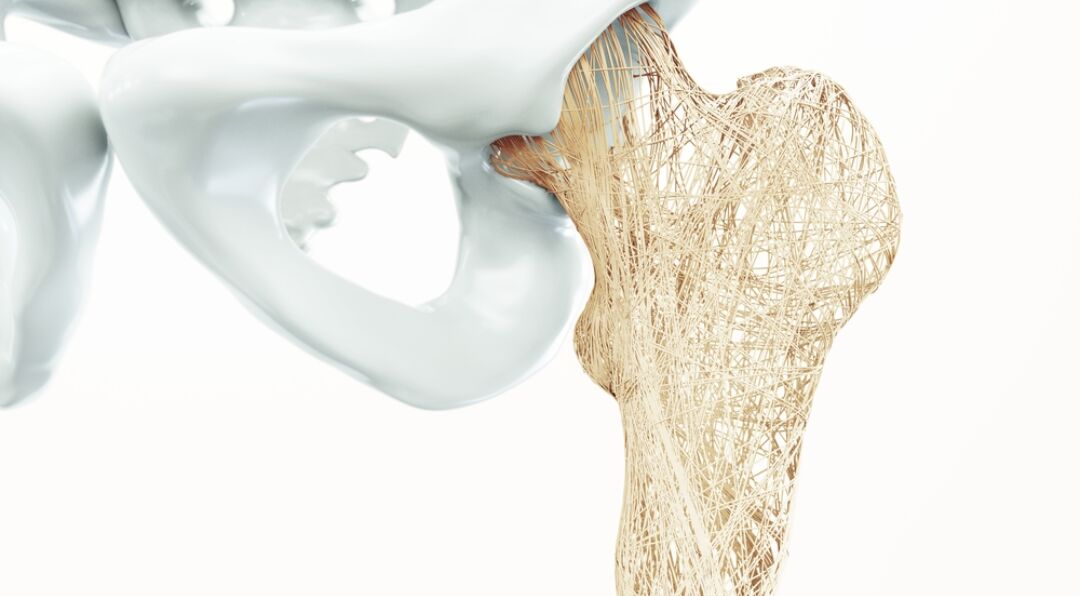How to get rid of knee pain fast
When knee pain strikes suddenly, it can interfere with normal movement and cause difficulties for the person experiencing it. However, there are several questions that arise when it comes to knee pain. What causes knee pain? What are the signs and symptoms associated with it? How can one relieve knee pain using herbal remedies at home? And, what is the best way to prevent knee pain?
The sensation of pain is transmitted through nerves. The nerves responsible for transmitting knee pain are located in close proximity to the nerves that transmit pelvic and ankle pain. As a result, knee joint pain may be felt in the pelvis or ankle, and vice versa. Knee joint pain can be further categorized as either acute or chronic.
In order to alleviate knee pain at home, there are several herbal remedies that may prove effective. However, it is important to identify the underlying cause of the pain before attempting any treatment. Some signs and symptoms associated with knee pain include swelling, stiffness, tenderness, and difficulty moving the affected knee.
Preventing knee pain involves taking proactive measures such as maintaining a healthy weight, engaging in regular exercise, wearing proper footwear, and using protective gear when engaging in activities that pose a risk of knee injury. By following these guidelines, one can reduce the likelihood of experiencing knee pain and improve their overall knee health.

Understanding the Types and Causes of Knee Pain
If you experience redness, burning, difficulty walking, lameness, inability to stretch or bend the knee, swelling, dryness, sensitivity to touch, or a feeling of knee lock, you may be dealing with knee pain. Knee pain can be caused by a variety of factors and can fall into different categories, including:
- Knee Arthritis Pain:
This type of pain is also known as knee wear and is caused by the loss of articular cartilage, which leads to osteoarthritis of the knee. Symptoms may include difficulty moving, limited knee swelling, and pain. A simple examination and radiograph can diagnose knee wear, and treatment options may range from general knee pain treatment to replacing the knee joint with an artificial one in severe cases.
- Osgood Schlatter:
This disease is commonly seen in adolescent athletes who frequently straighten their knees. The bulge under the patella becomes painful and swollen. Treatment may involve the same options as general knee pain, including braces and reducing sports activities.
- Patellar Chondromalacia:
This condition often affects individuals who run a lot, especially women. Patellar chondromalacia happens when the patellar bone is not correctly in place, and its cartilage becomes damaged due to repeated movements in front of the knee. Symptoms may include softening, chondromalacia, or patellar cartilage, and knee movements may produce sound. Treatment may involve strengthening the quadriceps muscles and following existing treatments for knee pain.
- Rheumatoid Arthritis:
Rheumatism affects the whole body, but the joints are a crucial site of conflict. The knee joint may also be involved, causing pain, swelling, and deformity in advanced stages. Treatment may include medication, exercises to increase the knee’s range of motion, and strengthening the joint’s muscles. In severe cases, joint replacement may be necessary.
Understanding the causes and types of knee pain is important to identify the appropriate treatment options and take preventive measures to avoid knee-related issues.

Types and Causes of Knee Pain: Knee Bursitis, Infection, Jumpers Knee
Bursitis, an inflammation of the small sacs called bursae around the knee joint, can cause pain and swelling. This condition may be due to infection or trauma. Treatment for knee bursitis is similar to general treatment for this condition, with surgery being used for resistant cases.
Knee infection is a medical emergency that requires prompt attention. Symptoms include pain, swelling, and fever. The most common treatment is surgery and antibiotics. In some cases, chronic knee infection can damage the bones surrounding the joint. Chronic cases require simultaneous surgical and antibiotic treatment.
Jumpers knee, also called patellar tendonitis, can affect athletes who frequently perform jumping exercises such as in volleyball and basketball. This condition causes inflammation and pain in the patellar tendon below the patella. Treatment involves the same general approaches as knee pain and specific exercises to strengthen the muscles surrounding the knee.
Home Remedies for Knee Pain:
In addition to medical and movement treatments prescribed by a specialist, there are simple and natural remedies that can be performed at home to reduce knee pain.
Cold compress is a simple and effective way to reduce pain and swelling in the knee. Cold compress narrows the blood vessels and reduces blood flow to the painful area, reducing swelling. Apply a few ice pieces wrapped in a thin towel to the affected area for 10 to 20 minutes, two to three times a day until the pain subsides. Alternating hot and cold compresses can also help alleviate chronic knee pain.
Red pepper, containing a pain-relieving substance called capsaicin, can also help with knee pain. Capsaicin produces a warming sensation that reduces pain. Mix two tablespoons of red pepper powder with half a cup of olive oil and apply to the affected area twice a day for two weeks. Alternatively, add a quarter or half a cup of red pepper powder to a cup of apple cider vinegar and apply to the affected area for 20 minutes, twice a day to reduce swelling.

Apple Cider Vinegar for Treating and Relieving Knee Pain:
The alkaline properties of apple cider vinegar can help dissolve deposits and toxins that have accumulated in the knee. Additionally, it can restore joint slipperiness, thus reducing pain and increasing mobility. To use, mix two teaspoons of apple cider vinegar with two cups of purified water and drink the solution throughout the day until complete recovery. Another method is to add two cups of apple cider vinegar to a hot tub and soak your knees in it for 30 minutes daily. You can also mix a tablespoon each of apple cider vinegar and olive oil and massage it onto your knees twice a day until the pain subsides.
Ginger as a Treatment for Knee Pain:
If knee pain is caused by atherosclerosis, muscle strain, or injury, ginger can be an effective treatment due to its anti-inflammatory properties. Boil a small piece of ginger in a cup of water for 10 minutes, strain the solution, and add honey and lemon juice. Drink two to three cups of this solution daily to relieve pain. Alternatively, massage ginger oil onto the sore spot.

Knee pain can be treated using turmeric, a spice that has many healing properties. The active ingredient in turmeric, curcumin, is an anti-inflammatory and powerful antioxidant that can reduce pain. The National Center for Complementary and Alternative Medicine (NCCAM) suggests that turmeric may slow the progression of rheumatoid arthritis, which is one of the causes of knee pain. To use turmeric for knee pain relief, boil half a tablespoon of ginger and the same amount of turmeric in a cup of water for ten minutes. Strain the mixture and add honey to taste. Drink the solution twice a day. Alternatively, boil a tablespoon of turmeric in a glass of milk and add honey to taste. Drink this mixture once a day, or take 200-250 mg turmeric capsules three times a day. However, turmeric may thin the blood, so it is not suitable for those taking blood thinners.
Lemon can also be used to relieve osteoarthritis pain. The citric acid in lemons helps dissolve uric acid crystals in some types of osteoarthritis. To use lemon for knee pain relief, cut a lemon into small pieces and wrap them in a cotton swab. Roll the swab in warm sesame oil, and place it on the sore spot for 10 minutes. Repeat this every day until the pain subsides. Drinking lemon juice diluted with water in the morning before breakfast may also be helpful.
Mustard oil is a vegetable oil that can relieve knee pain and improve blood circulation in the affected area. Heat two tablespoons of mustard oil, add a clove of garlic, and roast until the garlic is golden brown. Let the oil cool and strain it. Massage the affected area with the oil in a circular motion, cover the knee with a tissue, and apply a warm compress for a few minutes. Repeat this process twice a day for two weeks.
Fenugreek seeds are warm and can relieve knee pain caused by osteoarthritis. Soak a teaspoon of fenugreek seeds in purified water overnight, drain the water, and chew the seeds. Alternatively, roast a handful of fenugreek seeds, grind them, and mix a teaspoon of the powder with water to make a paste. Apply the paste to the sore spot for 30 minutes, then rinse with warm water. Repeat this process twice a day for a week.
Eucalyptus oil has soothing properties and can relieve pain. Mix 5-7 drops of eucalyptus oil and the same amount of peppermint oil with two tablespoons of olive oil. Store this mixture in a closed, dark bottle away from sunlight. Massage the sore spot with the oil until it is absorbed by the skin whenever you feel pain in the knee.
Prevent knee pain by maintaining a balanced bodyweight:
Maintaining a healthy bodyweight is important to prevent osteoarthritis, a joint disease that can cause knee pain. It is recommended to engage in regular exercise to prevent knee pain.
Wear flat shoes:
High heels can cause heel problems. To prevent this, it is recommended to wear flat shoes.
Regular exercise:
Exercising regularly strengthens the knees and helps prevent pain. You can do knee exercises with the help of an exercise coach to prevent future knee pain.
Avoid prolonged periods of immobility:
Sitting for extended periods of time can cause muscle stiffness, especially if you have engaged in excessive exercise.
Consume calcium-rich foods regularly:
A diet rich in calcium is essential to prevent osteoarthritis. Women are recommended to consume eggs, fish, cheese, and yogurt to strengthen bones and prevent this disease.


